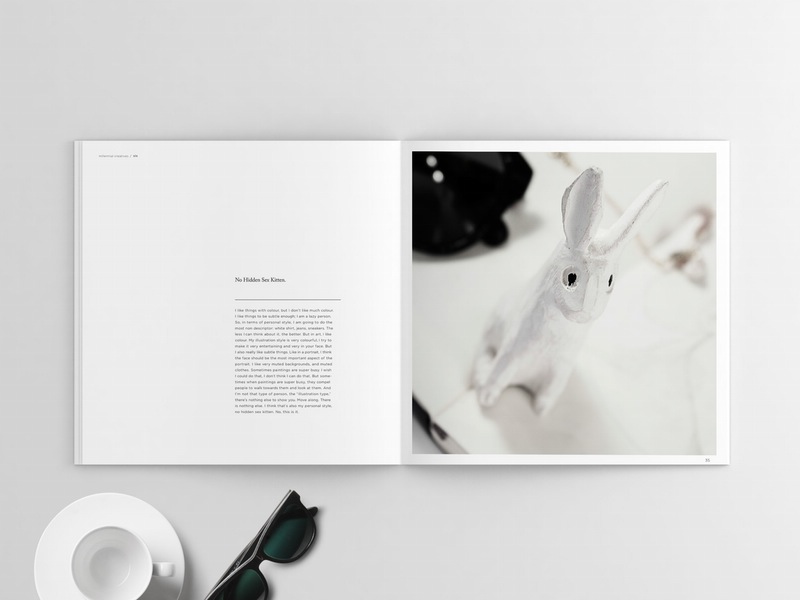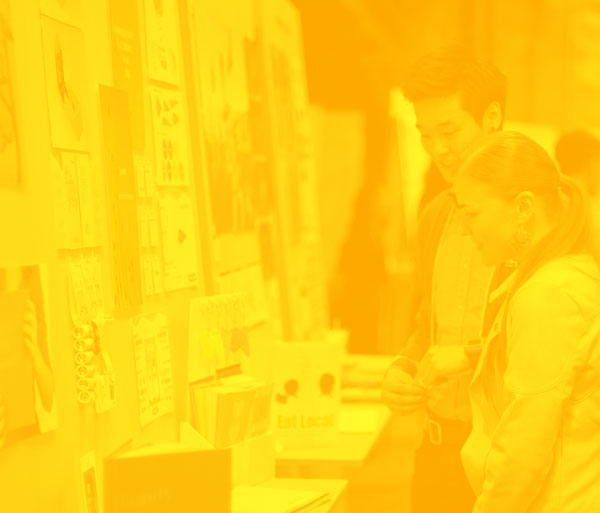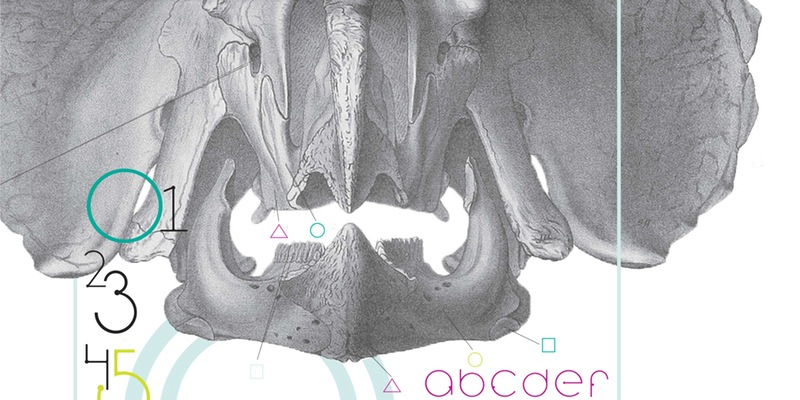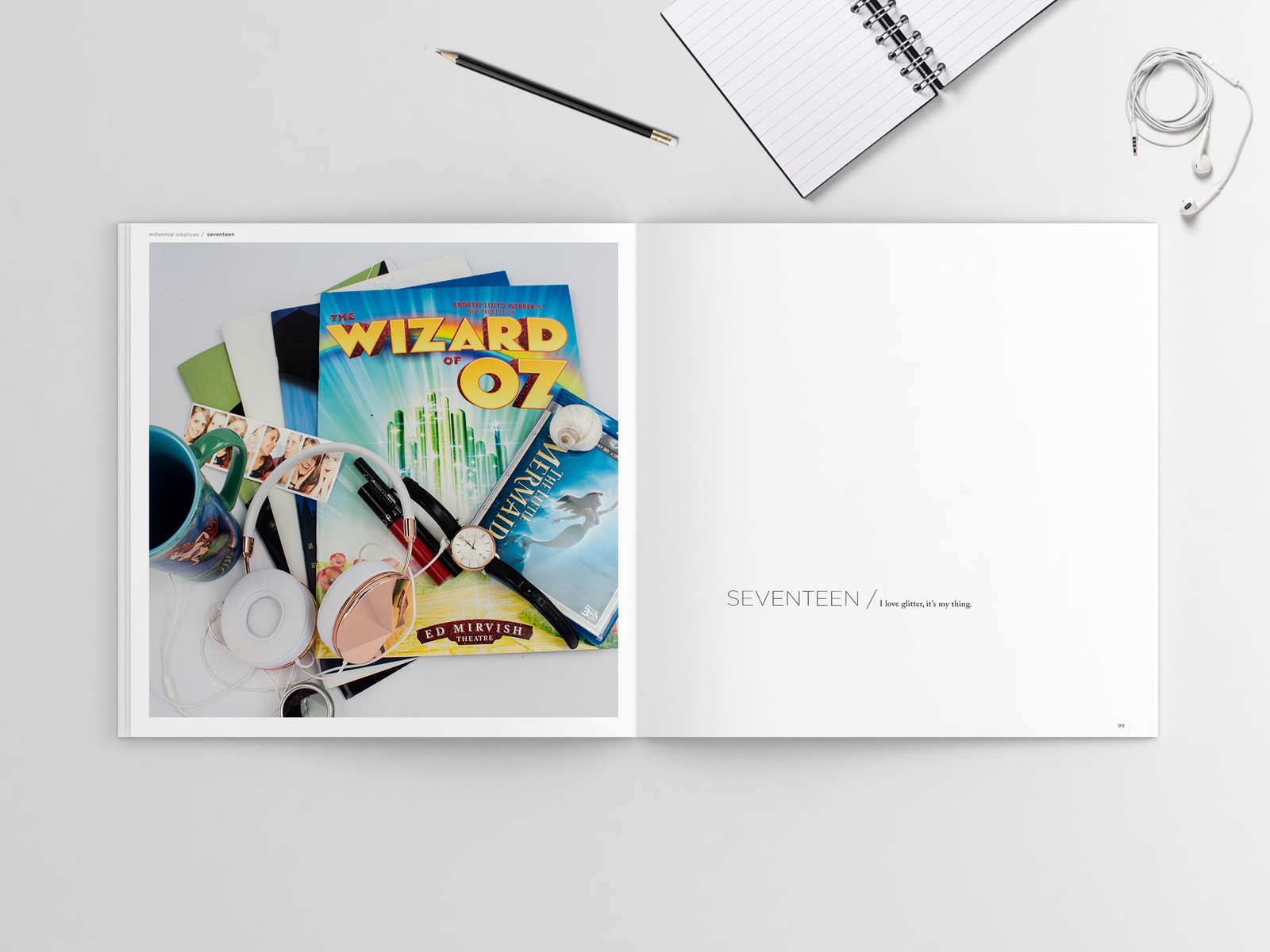
Show & Tell is a curated study of self portraiture through objects. Exploring personality and society through the objects an individual possesses, and documenting these items to serve as an archived artifact of individuals, representing culture today.
This project exists within the areas of self identity, curation and objects. Built on the research done by Sam Goseling, Ph.D, Tim Kasser, PhD, and Allen D. Kanner, PhD, among others, in the areas of consumerism and identity. Show and Tell explores the way in which we, as individuals, interact with consumer culture as a method of self representation.
Living in a consumer culture, it is inevitable we all have things beyond what is necessary for basic existence. Sam Gosling argues that a persons posessions reveal more about them than actually knowing that individual.
Rather than being mindless consumers, what if we consciously took into consideration our lives through objects. The things we possess represent a certain time in our life, how we fit into society and a concrete ideal of our self identity. Consumerism does not have to be viewed as a negative cycle, but rather one of self expression and control.
The act of curation is satisfying; our lives neatly compiled into a beautiful collection, that offers a sneak peek into who we are. Digital platforms offer ready made templates to achieve this controlled self representation. While photo albums once held memories of the people we were, and the things we loved, technology has shifted these memories online. The media changes how content is perceived, digital is temporary, printed becomes an artifact.
The Process
A research based approach led me to begin primary research with a limited study of individual’s objects. In order to determine the reasoning behind why people favour certain objects over others, each participant was asked to bring three to five of their favourite objects.
Overwhelmingly, participants revealed these items were chosen because of an emotional attachment, in combination with equal concern for aesthetic appeal. This confirmed my hypothesis that, given the opportunity, individuals will represent their most ideal selves, as opposed to the most honest.
This study allowed the project to move into an area of curation, calling for a highly curated aesthetic. User testing revealed the most successful applications of the research consisted of a participant narrative, in combination with the images.
As this project is intended to culminate into a printed artifact, visual quality is a primary concern. Consistency of photography, and access to participants has been addressed through the construction of a light box. The process of final content gathering began with a study of myself, and my objects, working through technical photography issues and developing the visual language of the final artifact.
Body copy for the final artifact has been collected in tandem with the images. inspired by, and partially adapted from the Proust Questionnaire, developed by Marcel Proust. This strategy allows for the text to enhance he images, not always directly, as to avoid repetition in content, and keep the user engaged.
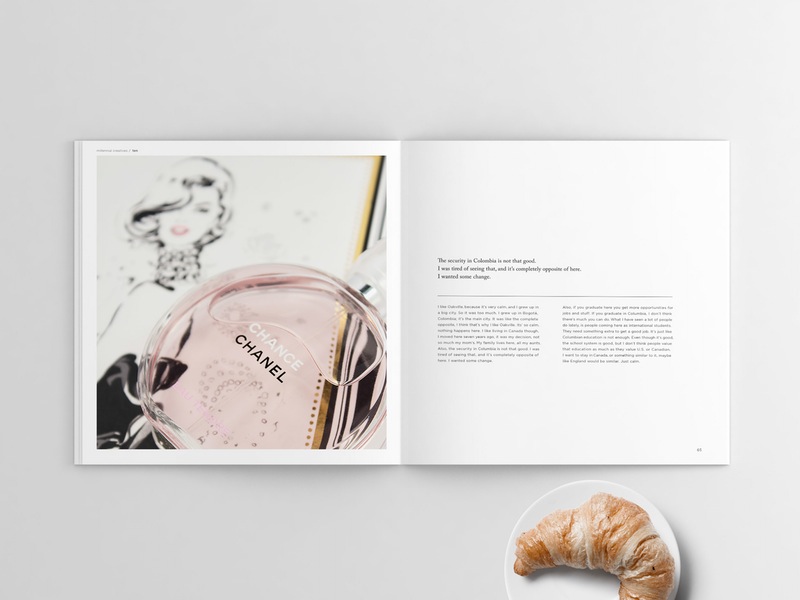
The subject, or individual, being studied is never fully revealed. This approach allows the user to engage in a feeling of intimacy with the subject being photographed, through only the persona of their objects. Showing how we can represent a version of ourselves through only the things we choose to identify ourselves with.
The demographics of participants change the context of the images. This study focuses on participants between the ages of
Show & Tell offers a curated, printed artifact, housing a collection of self portraits through objects, with this edition specifically representing Millennial creatives in 2016. This study offers insight as to how we represent self identify with the objects we surround ourselves with, in addition to serving as an anthropological artifact.
“By our objects, you will know us”
— Peter Gabriel
